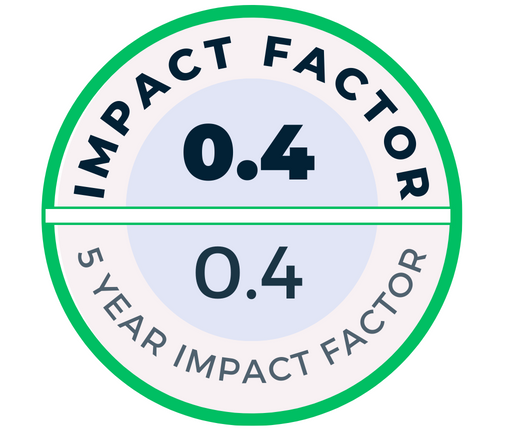Abstract: The objective of this study was to investigate if an increased frontal QRST angle (fQRSTa), an electrocardiographic derived index, can predict ventricular arrhythmias in dogs with myxomatous mitral valve disease, as well as to assess its role as a marker of disease progression. One hundred six dogs with myxomatous mitral valve disease and 20 control dogs underwent clinical and echocardiographic examination, along with 3-minute six-lead electrocardiographic recordings. The fQRSTa was calculated for each one of the 126 dogs. Differences between disease stages were investigated, along with possible correlations of the fQRSTa and other electrocardiographic variables associated with increased arrhythmogenesis. Interclass and intraclass correlation tests were applied to investigate repeatability. Finally, the sensitivity and specificity of fQRSTa in identifying arrhythmia predisposition and cardiac remodeling were calculated. An increase related to disease progression was documented for fQRSTa, with significant difference between groups C and B2 from control, and group C from B1. A fQRSTa >126.5 was able to discriminate B1 and control from B2 and C dogs with a sensitivity of over 79% and specificity of 60.66%. A fQRSTa >122.00 also discriminated the presence of arrhythmias from sustained sinus rhythms with a sensitivity of 88.24% and specificity of 70.00%. Finally, the index showed excellent repeatability, and positive correlations with previously reported ECG markers of arrhythmogenesis in dogs with myxomatous mitral valve disease. In conclusion, the fQRSTa is positively corelated to arrhythmogenesis and cardiac remodeling in dogs with myxomatous mitral valve disease. Dogs stages B2 and C show increased fQRSTa, which allows to infer that repolarization is affected as disease progresses.
Cite this article as: Brüler, B. C., Giannico, A. T., & Sousa, M. G. (2024). Frontal QRST angle as a marker of arrhythmogenesis and disease progression in dogs with myxomatous mitral valve disease. Acta Veterinaria Eurasia, Published online May 2, 2024. doi:10.5152/actavet.2024.23078.


.png)


.png)